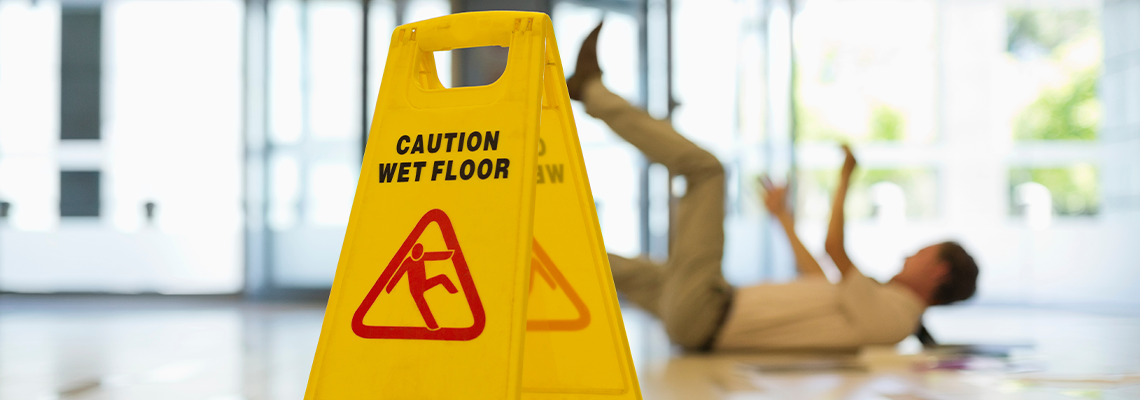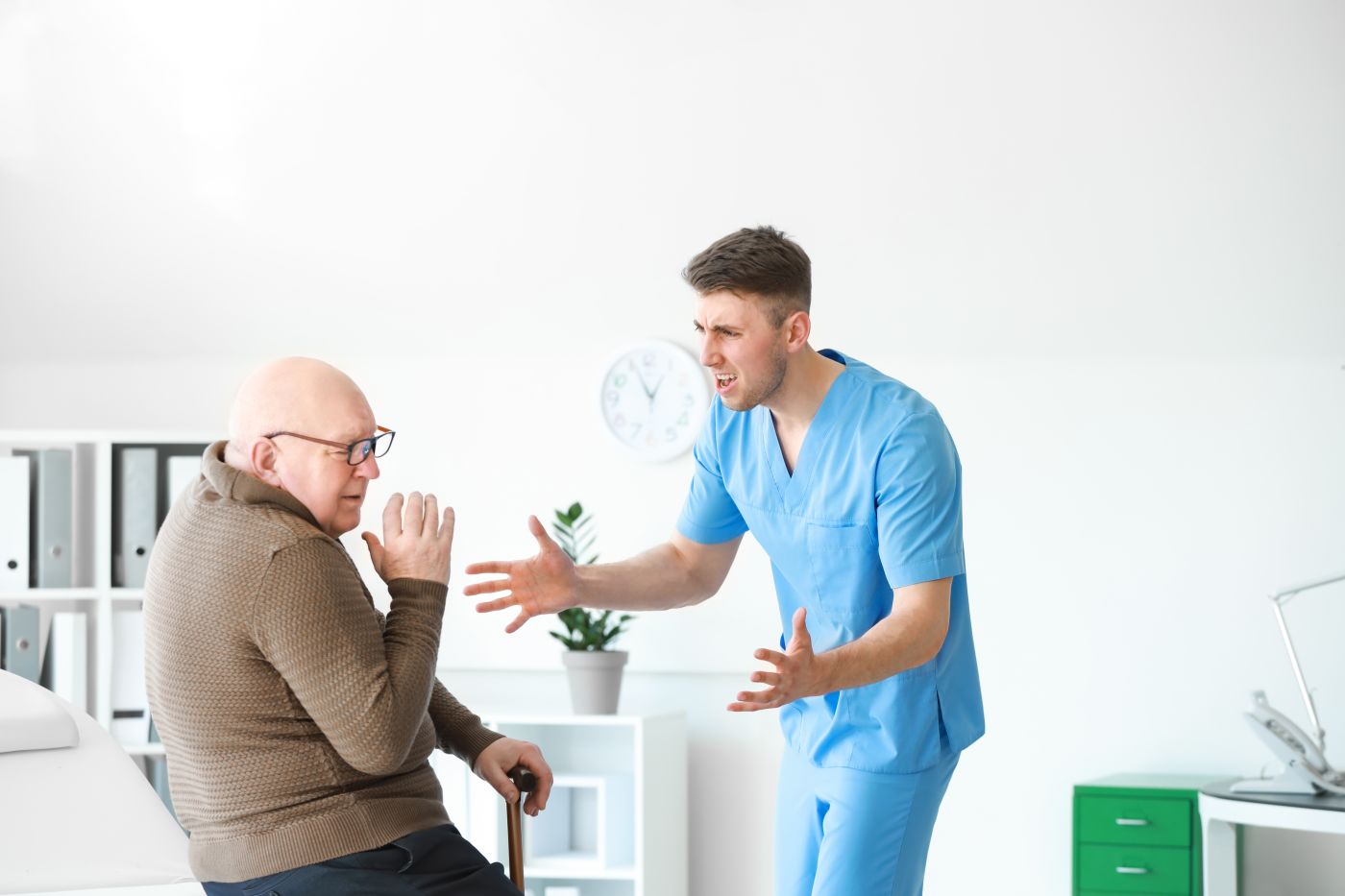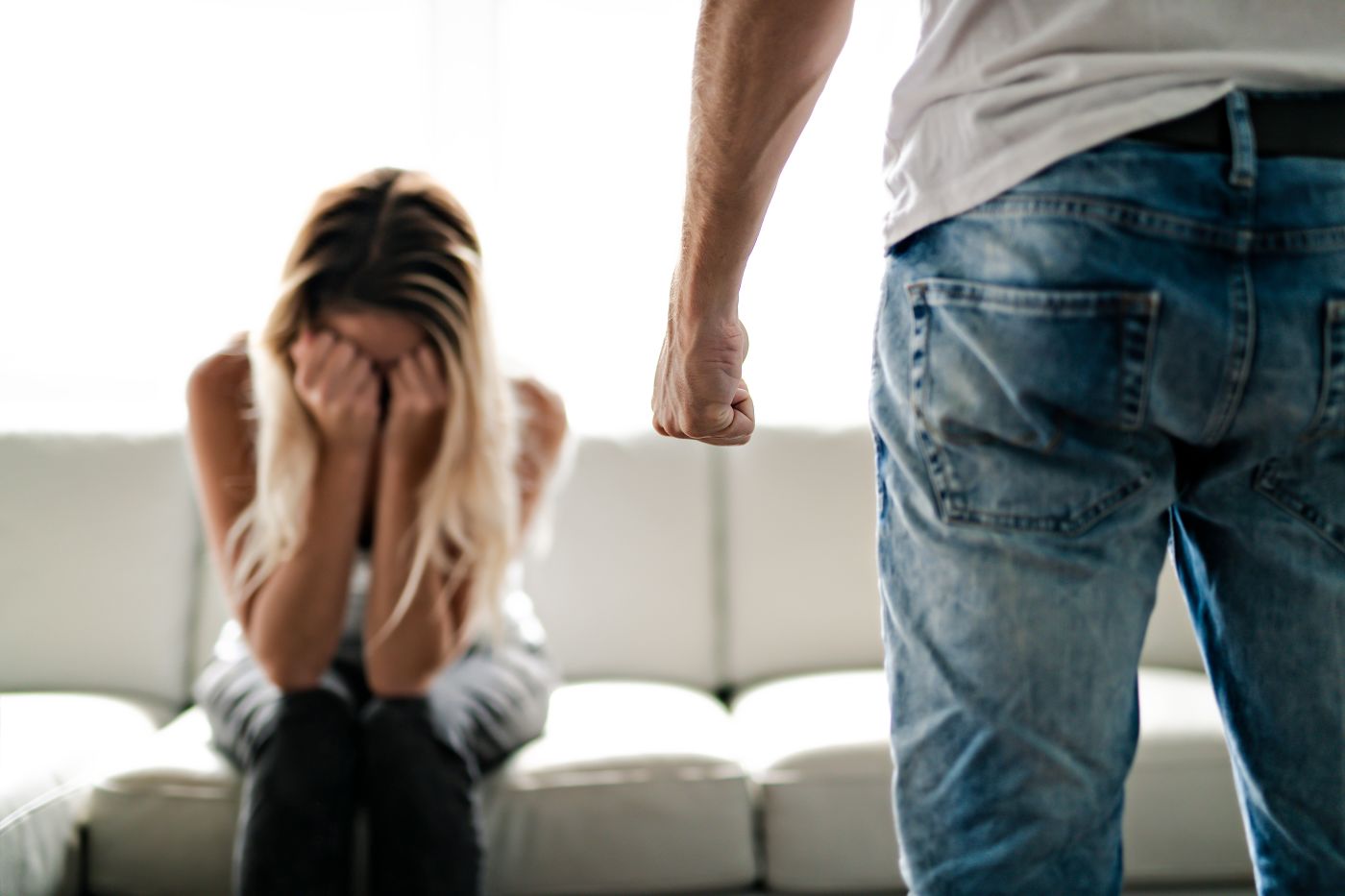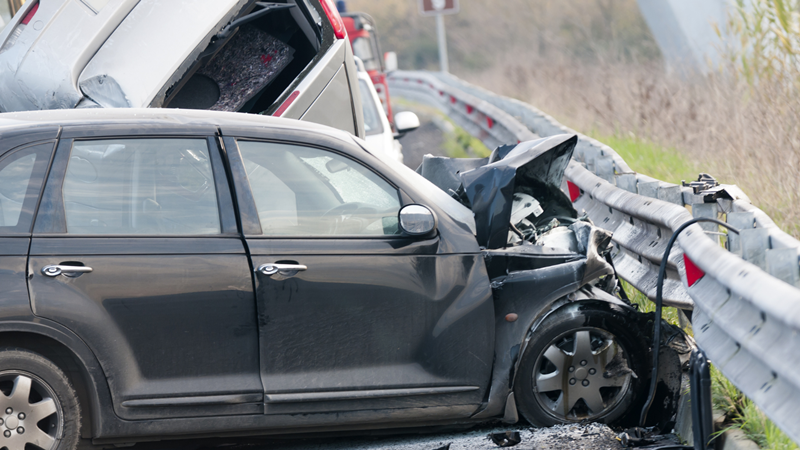
Slip and fall accidents can cause serious injuries, leading to medical bills, missed work, and long recoveries. Proving liability in these cases requires more than simply stating that an accident occurred—it requires carefully gathered evidence that connects the property owner’s negligence to the injury.
Establishing that link is the foundation of a strong claim and can make the difference between a denied case and a successful outcome.
At Harrell & Paulson, we’ve helped many clients in Kaufman, Texas, as well as Forney, Terrell, and Rockwall, collect the documentation and witness accounts necessary to build strong claims. By combining personal injury law with careful investigation, we provide the support injured individuals need when facing property owners, businesses, or insurers.
The following steps outline the types of evidence that often become essential in slip and fall cases and why each one matters. Keep reading for more information.
Photographs and Video Footage
Visual documentation is often the most persuasive evidence in a slip and fall case. Pictures taken immediately after the fall can capture spilled liquids, broken flooring, or poor lighting. Because hazards are often cleaned or repaired quickly, photos may be the only record of what caused the accident. A series of pictures from multiple angles also shows scale and context, making it easier for a judge or jury to understand the hazard.
Security footage can confirm the accident and show how long the hazard was present. For example, a video may reveal that a puddle was left unattended for hours before the fall. This kind of evidence can undercut arguments that the hazard developed too suddenly for the property owner to act. Acting quickly to request footage is essential, since many businesses automatically delete recordings after just a few days.
Witness Statements
Witness accounts strengthen claims by adding context and credibility.
Coworker or customer accounts: These witnesses may confirm that the hazard was visible and had existed for some time.
Employee testimony: Workers may reveal that management had been warned about the dangerous condition but ignored the complaint.
Bystander observations: Testimony from neutral third parties often carries special weight because they have no personal interest in the case.
Witnesses can also describe the injured person’s reaction in real time, whether it was visible pain, difficulty walking, or immediate medical needs. Their statements help establish that the fall wasn’t exaggerated or staged.
Medical Records and Documentation
Medical evidence connects the fall to the injuries and demonstrates their seriousness.
Initial treatment: Emergency room and urgent care records provide time-stamped proof that the injuries occurred directly after the fall.
Follow-up care: Physical therapy notes, prescriptions, and progress reports show how the injury affected recovery and daily functioning.
Specialist opinions: Written evaluations from orthopedic surgeons, neurologists, or other professionals may confirm that the injuries stemmed from the accident and not another cause.
A consistent medical record prevents insurers from claiming that injuries were pre-existing or unrelated. Once medical documentation is established, incident reports provide another layer of evidence.
Incident Reports
Businesses and workplaces often require written reports after an accident. These typically include the date, location, description of the hazard, and immediate actions taken.
Incident reports serve two important purposes: they prove the property owner was aware of the accident, and they create a contemporaneous record that aligns with the injured person’s account. This makes it harder for the business or insurer to later deny knowledge of the fall.
Maintenance logs often build on these reports by showing whether the hazard should have been prevented in the first place.
Maintenance and Repair Records
Maintenance documentation can reveal whether a property owner upheld their duty to keep the premises safe.
Cleaning schedules: Gaps may suggest the hazard wasn’t addressed as frequently as required.
Work orders: Requests for repairs that went uncompleted may indicate negligence.
Inspection reports: Identifying a hazard but failing to act provides clear evidence of liability.
These records establish patterns of neglect, showing that the accident wasn’t a fluke but a foreseeable risk. Expert testimony often helps explain why such failures matter under safety standards.
Expert Testimony
Experts can clarify technical details and strengthen the evidence.
Medical experts: Explain the severity of injuries and their connection to the fall.
Engineers or safety specialists: Testify about building codes, flooring conditions, or lighting deficiencies.
Economists or vocational experts: Calculate the financial losses from missed work and reduced earning potential.
When property owners contest responsibility, experts provide authority and clarity that can persuade a jury. Accident reconstruction builds on this by visually demonstrating the fall.
Accident Reconstruction
Reconstruction professionals may measure slope, flooring material, or lighting to recreate the accident scene. They can create diagrams or computer simulations to show how the fall occurred.
This type of evidence is particularly effective when the defense claims the injured person was careless. By scientifically recreating conditions, reconstruction shows that the fall would have been unavoidable.
Once liability is established, financial and employment records become essential to proving damages.
Financial and Employment Records
Slip and fall accidents often cause significant financial loss.
Pay stubs and tax returns: Show pre-accident income.
Employer time-off records: Confirm the number of workdays missed.
Medical bills and receipts: Demonstrate the cost of treatment, medication, and rehabilitation.
Future earning capacity: Vocational experts may project long-term income loss if the injured person can’t return to their former job.
Financial records demonstrate the tangible impact of the accident, while testimony from the injured person adds the human element.
Testimony From the Injured Person
The injured individual’s own account provides a powerful narrative. They can describe the circumstances of the fall, the immediate pain, and how the injuries have disrupted daily life.
This testimony often highlights aspects that records alone can’t capture, such as difficulty sleeping, emotional stress, or challenges in caring for family. It makes the case relatable and helps decision-makers connect the evidence to lived experience.
Establishing Negligence
Slip and fall claims ultimately require proof of negligence. This involves showing:
Duty of care: The property owner was responsible for safe conditions.
Breach of duty: That duty was ignored.
Causation: The unsafe condition directly caused the accident.
Damages: The injured person suffered measurable harm.
Each piece of evidence—photos, records, testimony—works together to build this chain of proof.
Anticipating Defense Arguments
Property owners and insurers often defend themselves by arguing:
Comparative negligence: Suggesting the injured person wasn’t paying attention.
Lack of notice: Claiming the hazard appeared too suddenly to be fixed.
Pre-existing conditions: Arguing the injuries weren’t related to the fall.
By collecting evidence early, we can address these defenses directly. For example, surveillance footage may show the hazard existed for hours, and medical records may confirm the injuries were new.
Don't Face These Challenges Alone
Slip and fall cases require multiple types of evidence, and each piece must connect seamlessly to the others. Property owners and insurers often resist liability, which is why working with a personal injury lawyer can be critical. A lawyer helps preserve evidence, gather testimony, and present the case effectively in negotiations or a trial.
At Harrell & Paulson, we understand the importance of securing strong evidence after a slip and fall accident. Our firm assists clients in gathering records, interviewing witnesses, and building persuasive personal injury claims. We serve clients throughout Kaufman, Texas, including Forney, Terrell, and Rockwall. Contact us today to schedule a consultation.



